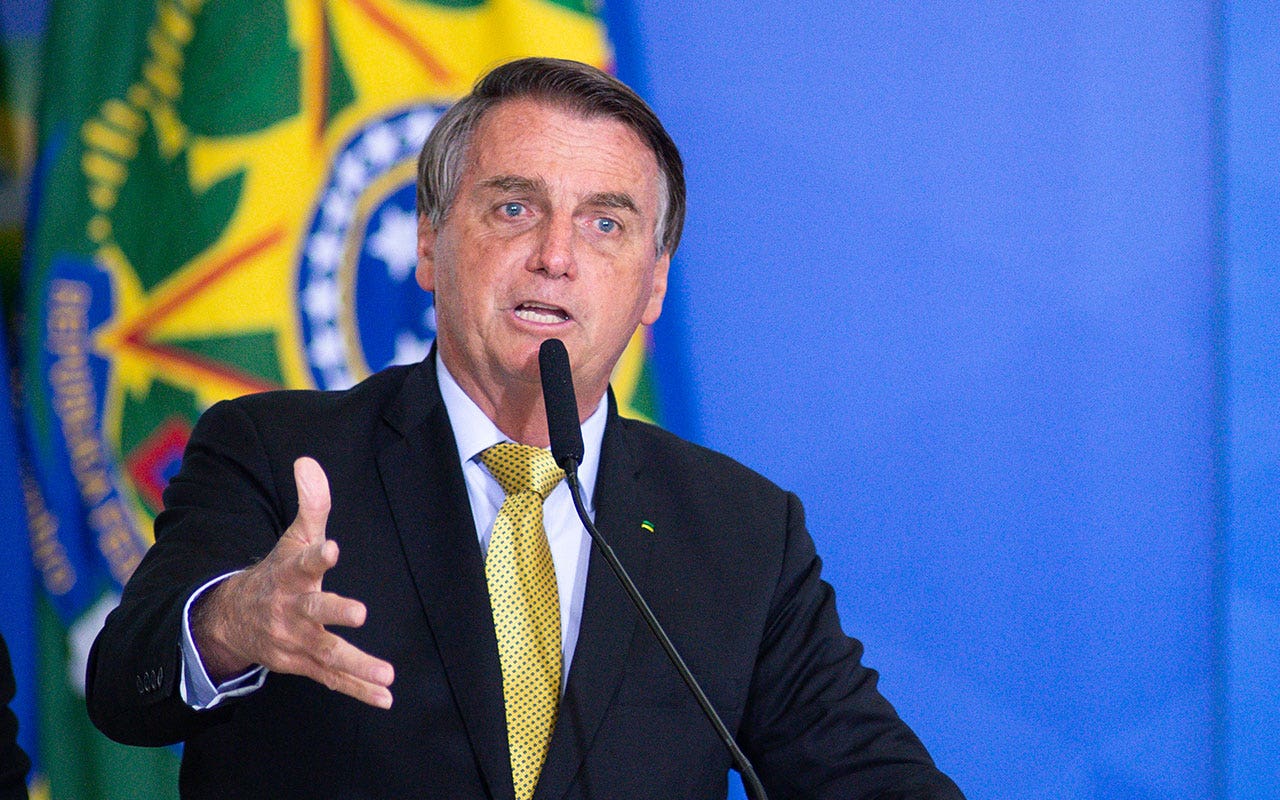
Why isn’t more aid getting into Gaza?
The U.N. said it had enough food at or near Gaza’s border to feed its 2.2 million people. Yet as many as 1.1 million people could face deadly levels of hunger by mid-July.
Aid workers say they face challenges at every point of the delivery process, through Israel’s security checkpoints and into an active war zone.
Land delivery is the most efficient and cost-effective route, experts say. But only two entry points are regularly open, and both are in the south. Trucks loaded at warehouses in Egypt face multiple security checkpoints, have to travel dozens of miles and must make multiple stops, which can take three weeks.
Aid agencies, citing Israeli restrictions, security issues and poor road conditions, have largely stopped deliveries to northern Gaza.
Military operations can hinder deliveries, and convoys frequently face violence. The graphic above shows places where death and destruction have afflicted aid deliveries.
UNRWA and U.S. officials have said it is extremely difficult to distribute aid without the help of police escorts, and the security they provide is needed to protect convoys from swarms of people. Israel has struck Palestinian officers escorting U.N. aid convoys. The absence of security officers has enabled organized criminal gangs to steal aid or attack convoys.
Al-Shifa: Israel’s raid of Gaza’s largest hospital entered a third day. Palestinian civilians are bearing the brunt of the lawlessness in the enclave.
U.S. pushes for more E.V.s
The Biden administration issued one of the most significant climate regulations in U.S. history yesterday. The rules are designed to ensure that most new passenger cars and light trucks sold there are all-electric or hybrids by 2032.
The regulations would gradually tighten limits on tailpipe pollution, avoiding more than seven billion tons of carbon dioxide emissions over the next 30 years, according to the U.S. environmental regulator. That would be the equivalent of removing a year’s worth of all the greenhouse gases generated by the U.S.
Politics: E.V.s are central to President Biden’s efforts to cut U.S. emissions in half by the end of this decade. But Donald Trump has sought to weaponize E.V.s during the presidential campaign with false claims about them.
Mainlanders flock to Hong Kong
To some foreign expats, Hong Kong has lost its appeal since Beijing took a heavier hand in its governance. When the city tried to lure global professionals with a “top talent” visa, 95 percent of the applicants were mainland Chinese people seeking better jobs and greater freedom.
Mood: Hong Kong faces a deep pessimism — the economy is struggling, but the pro-Beijing government has focused on national security.
MORE TOP NEWS
That’s the point, the artist’s lawyer argued — the work is necessarily discriminatory. Denying men access to the installation still allowed them to experience it, albeit in another way.
Lives lived: David Breashears risked death on the slopes of the world’s highest mountain to produce “Everest,” the highest-grossing IMAX documentary of all time. He died at 68.
Conversation Starters
-
Hair inspiration: Wet waves and curly mullets were some of the best hairstyles during recent fashion weeks.
-
Cruise ships: Many have unexpected features, like jail cells and morgues.
-
The Abel Prize: A French mathematician earned math’s highest honor for his advances in understanding randomness in the universe.
ARTS AND IDEAS
The ‘3 Body Problem’ on Netflix
The “3 Body Problem,” based on the sci-fi trilogy “Remembrance of Earth’s Past” by the Chinese author Liu Cixin, is coming to Netflix. The sweeping space invasion saga begins in 1960s China, during the turmoil of the Cultural Revolution, and involves a superior alien race that has built a rabid cultlike following on Earth.
The first season, adapted by the duo behind “Game of Thrones” and Alexander Woo (“True Blood”), arrives today. It’s a feat of engineering and compression, our critic writes. The show adapts Liu’s inventions and physics explainers with visual grandeur, thrills and wow moments.





